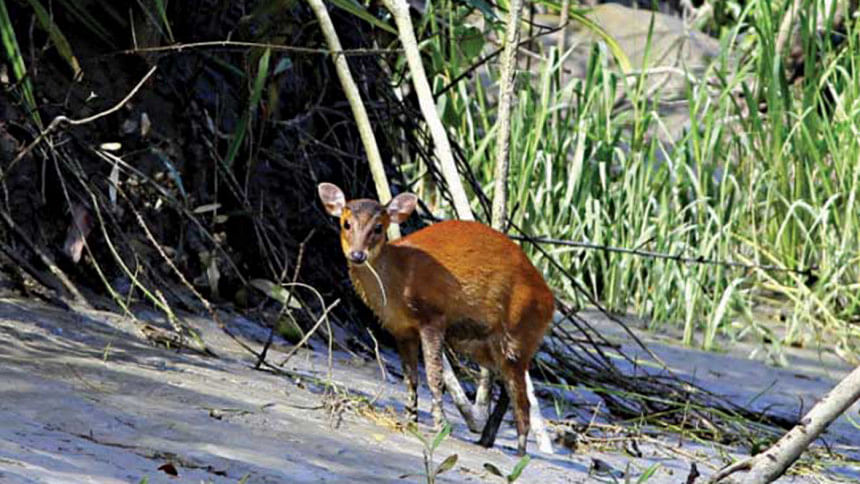The silent SUNDARBANS


Early morning of 9 December, 2014 spelled out disaster for the largest mangrove forest in the world. The menacingly beautiful, treacherously fragile Sundarbans faced the brunt of a growing economy and its curse in the form of 3.5 million litres of oil spilling into the Shela River in the eastern part of the Sundarbans, as the vessel carrying drums of heavy thick furnace oil capsized.
Named famously for the Sundari trees that grow in abundance here, especially in the eastern part, this forest is a labyrinth of creeks subjected to tides that wash over the forest twice a day. In its wild untamed beauty the forest stands the test of time as many storms have come and gone, breaking away many Kewras, uprooting the Goran's and washing over the Golpatas. Yet no incident has threatened the forest as a disaster of this proportion does.
Although official reports are yet to determine the extent of the damage, volunteers and individual researchers paint pictures of a blackened Sundarbans drooping under the weight of the heavy furnace oil. The acrid stench of the oil hangs heavy in the air of the forest. The bird population, previously prolific and abundant, is largely gone. The bright colours do not streak through the sky, breaking the monotone horizon of emerald green forest and blue sky, and why would they be here? The fish, crabs and mudskippers that they feed on, find it hard to survive in the slick oil covered banks of the forest.
As notes are being taken on what we stand to lose, my heart withers under the pressure of the loss. It is a personal agony I share with so many others who have spent time in this tide country. Home to not only a vast range of animals, this forest has harboured a growing population of people who have reaped the benefits of this forest in the form of sweet golden honey, shrimps, fuel wood and fishes.

The Sundarbans is so much more than simply a provider of goods and services. It is what the last of the Masked Finfoot calls home, it is where this bird was to rear its young, teach the little hatchling where to go looking for shrimps and crabs sourcing its meal. This is where the Bengal Tiger roars in its mighty glory, marks its territory and rests in peace after a meal of the Barking deer. Here is a school of Irrawaddy Dolphins safe in their sanctuary until the oil spill shattered the harmony of it all.
The efforts to remove and mitigate the impacts of the oil spill has been largely uncoordinated and only scattered volunteers from Dhaka who felt deeply about the loss, and local villagers are doing the dangerous task of removing the oil little by little labouring to salvage their home. They do this without any safety gear and no training. The attempts at cleanup seem to rely on the poverty ridden shoulders of the locals who are now selling the oil slick at Tk. 40 a litre.

The impacts of a disaster of such proportion knows no bounds and as the tide washes over the Sundarbans, the oil will find its way deeper and farther, affecting large areas. Already, fears are expressed that the oil may have spread as much as 70 km and as horrific photos of dead dolphins, oil covered monitor lizards, kingfisher and crocodile surface, the fears seem to take shape in the form of death.
This is a forest of labyrinthine creeks, of golden sunsets and copper sunrises, it is where evenings go by watching flocks of egrets and Northern Pintails fly, this is where the Tiger shares its home with the Dolphins and the Crocodile with the Masked Finfoots. The forest is calling for help, for its chance at survival.

 For all latest news, follow The Daily Star's Google News channel.
For all latest news, follow The Daily Star's Google News channel. 



Comments